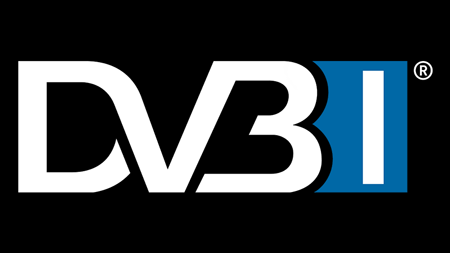
DVB, an industry consortium that develops open, interoperable technical specifications for the delivery of digital media and broadcast services, has announced that an open source reference client for DVB-I is now available. The source code is provided via DVB's GitHub account. Developed in collaboration with Sofia Digital, the reference client and related materials are released under the open source MIT license and will help to accelerate deployments of the DVB-I specification.
"The events of recent weeks have clearly shown that television remains a popular and vital medium for information and entertainment," said Emily Dubs, head of technology at DVB. "With broadband-enabled devices typically orchestrating users' digital lives, this new reference client demonstrates the potential for DVB-I to play a vital role in uniting the wide range of linear services available to viewers, whether over broadband or broadcast networks."
Peter MacAvock, chairman of DVB, added: "This is part of a shift by DVB to deliver more value to its members and to the industry, looking beyond the specifications themselves. By providing this reference client, DVB hopes to encourage the adoption of DVB-I specifications in industry solutions for delivering linear television over the Internet."
The overall development will be made freely available under an open source license so that anyone interested in DVB-I can look at the source code and potentially reuse parts of it in their own experiments, trials, and developments.
The release of the first version of an open source reference client for DVB-I completes the first phase of the work undertaken by Sofia Digital on behalf of the DVB Project. This reference implementation consists of a back end, allowing the generation and editing of DVB-I service lists, plus a front end. The client side is available as an HbbTV OpApp, as well as a separate client for Android devices via a progressive web application. The latter application can be simply tested on anyone's Android phone or tablet. (See instructions below.)
"Our technical team at Sofia Digital is excited and motivated to work together with DVB in bringing DVB-I to life. We see great potential in the technology, and we've already received global interest in both DVB-I and the reference client," said Mika Kanerva, COO of Sofia Digital. "The DVB-I reference implementation shows this technology is now working and makes commercial adoption of new standards easier and faster."
The second phase of development for the DVB-I reference client is now underway, with results to be demonstrated at IBC2020. During the second phase, additional features that consumers expect as part of a TV experience will be added. Examples include support for accessibility and parental access control.
DVB-I has been gaining momentum over the past year, with the first public demonstrations at IBC2019 and the publication of the first complete specification in November 2019. The specification defines DVB-I Service Lists, a means for internet-connected devices to find curated sets of linear television services that may be delivered through broadband or broadcast mechanisms. It also defines the methods to retrieve electronic programme data for those services, which can be integrated into a broadband-based television experience accessed through a consistent user interface.